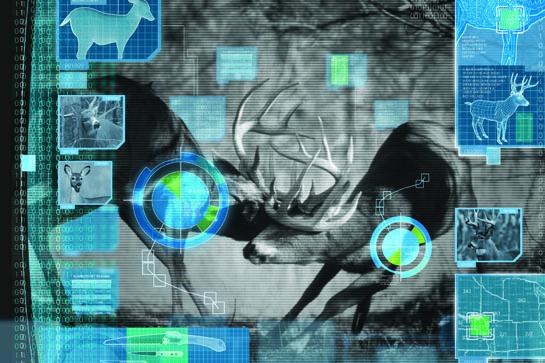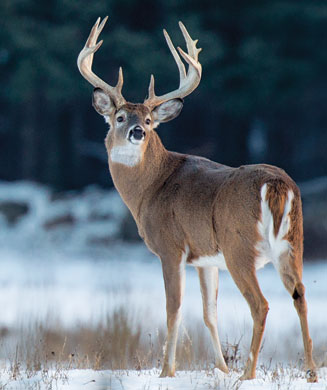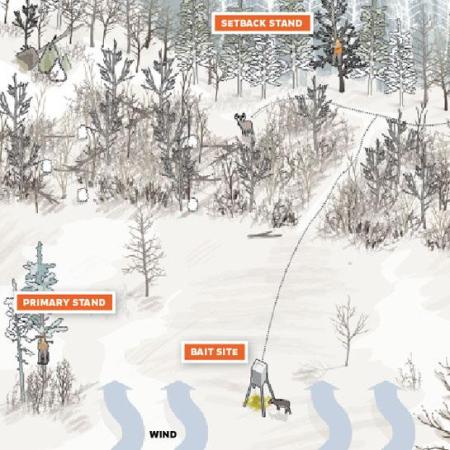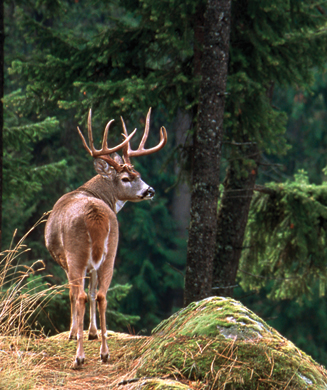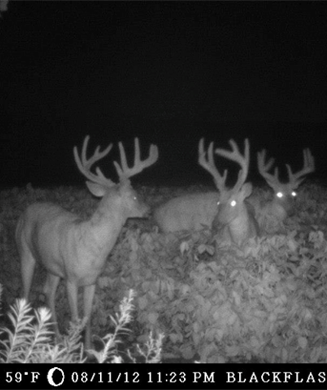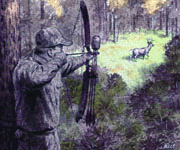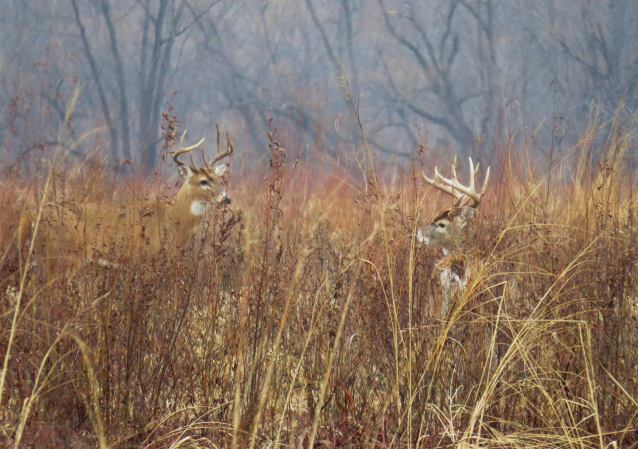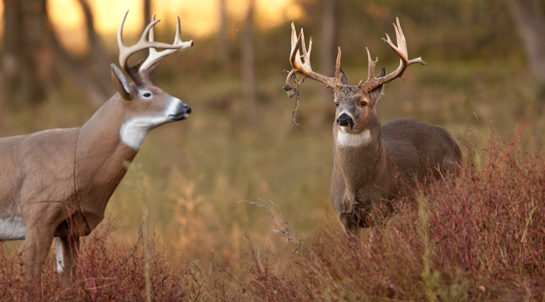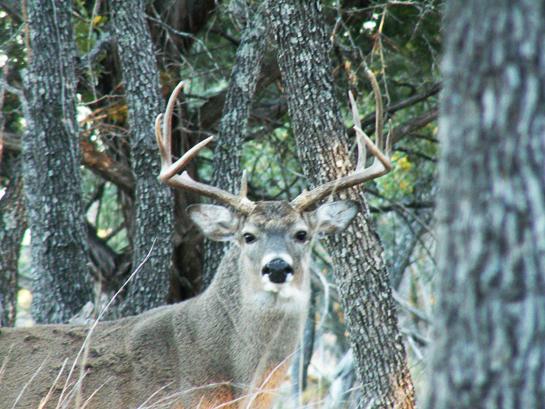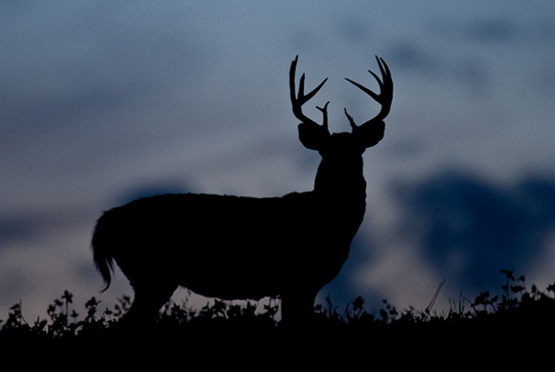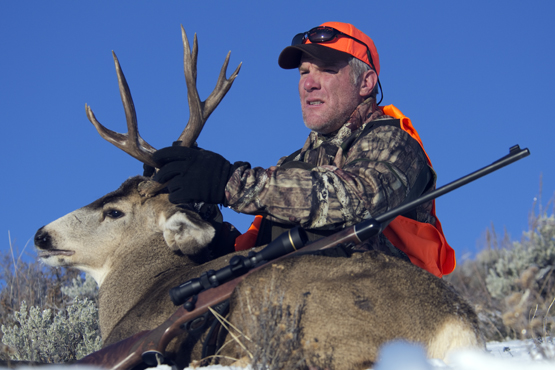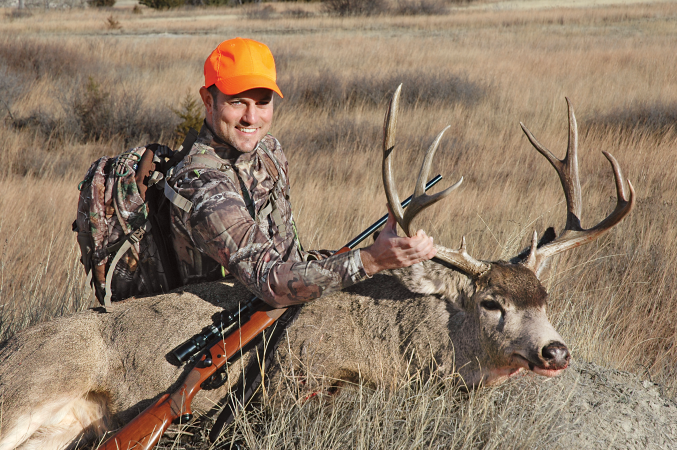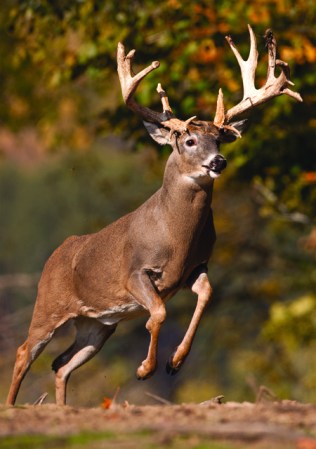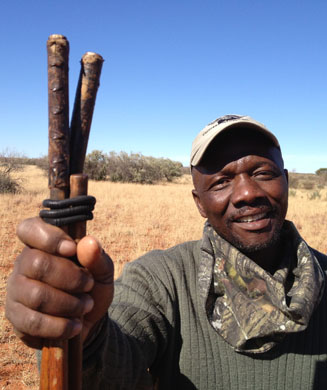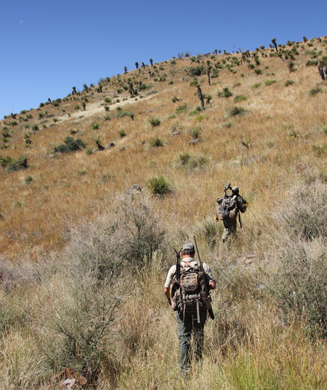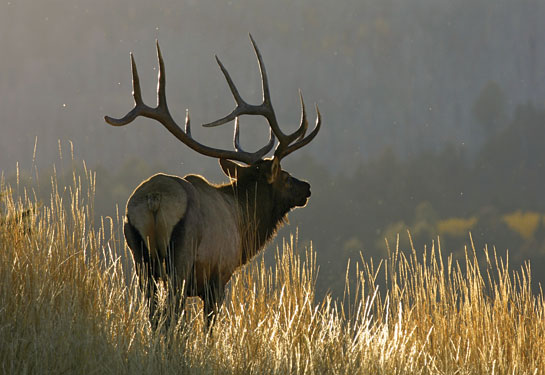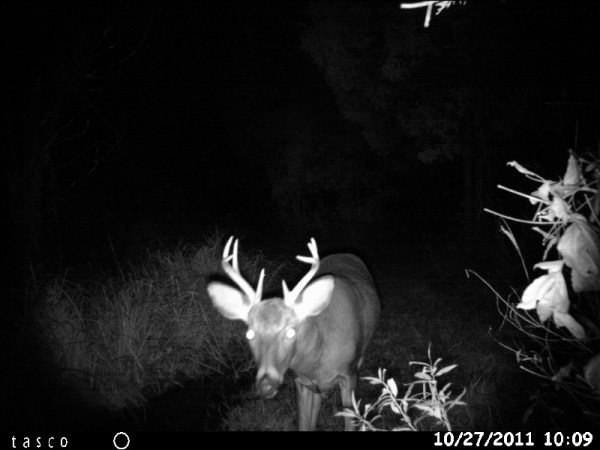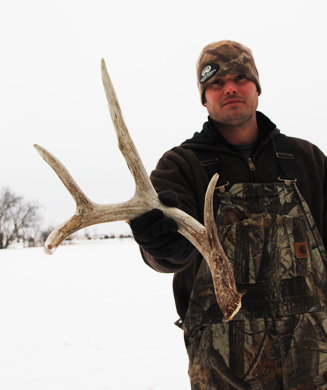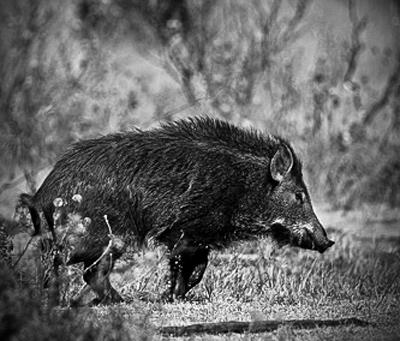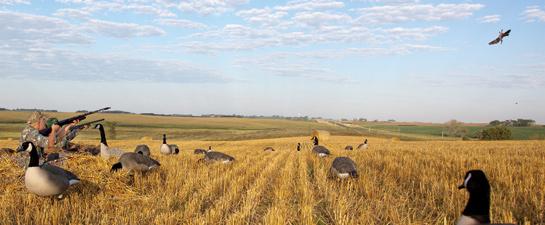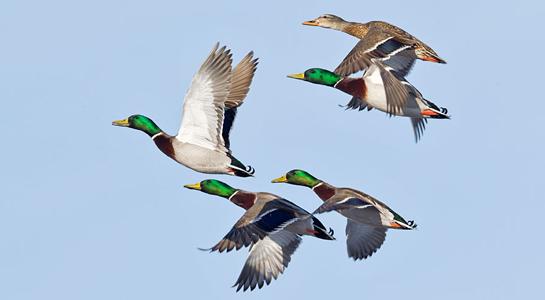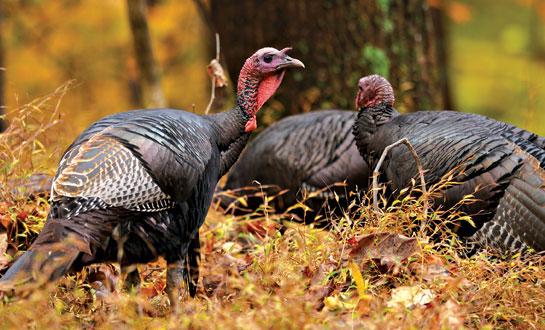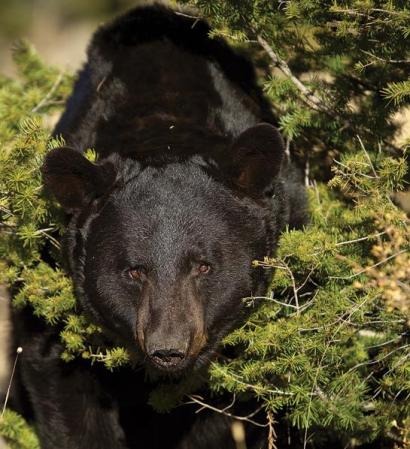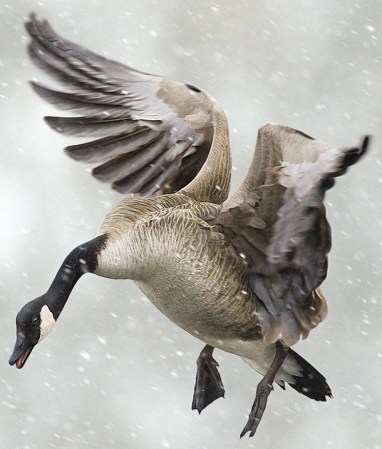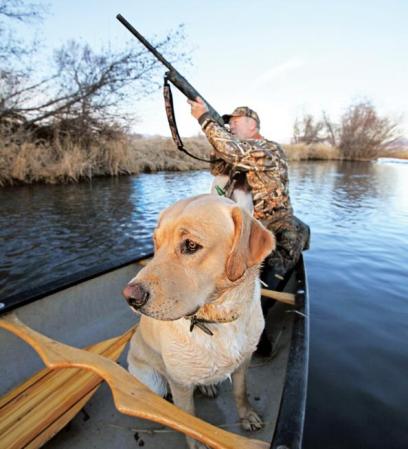Whitetails are masters of their domain, especially as they mature. Even subtle changes in their home habitat will turn settled bucks into evasive, nocturnal spooks.
And if you carelessly intrude on their most secure spots–their bedding areas–the oldest, most pressure-sensitive bucks will simply leave the area.
So how do you set up your next ambush spot without triggering these flight tendencies in the very deer you want to hunt?
Use stealthy tactics to hang your stands or erect your ground blinds long before the hunting seasons actually open.
Shhhh, Be Quiet
Research, test, purchase, and then practice setting up the quietest and simplest stands on the market. Select stands without shiny components, metal chains, steel construction, and bulky ladder sections. Think nylon straps, lightweight aluminum, and simple steps.
Disguise Your Hide
Take a summer weekend and set up stands and blinds in locations that you know produce year after year. Whitetails routinely run into humans during the bustling summer season. Farmers, surveyors, utility personnel, and hikers intrude on whitetail cover daily. Use this activity to cloak your stand placement commotion. Drive right up to your tree in a truck–or even a tractor–if that’s a regular part of human activity where you hunt.
Midday Missions
Whitetail activity is highest at dawn and dusk, even in the summer. Avoid these high-traffic times and set up your ambush during the midday lull. This means avoiding bedding areas where whitetails will be present, but it leaves most other corridors wide open to infiltration. To place your stand or blind without being noticed, seek out field edges, funnels between blocks of cover, and inside corners of fields that are vacant at noontime for the unnoticed placement of your stand or blind.
Night Moves
When I’m hunting a savvy nocturnal buck, this strategy is my top choice, and it also works when you’re setting up a stand or blind. First, wait for the deer to vacate bedding cover at dark as they move to feeding fields. Next, enter the area from the opposite direction to conceal your actions. Use prior scouting, and either a waypoint on a GPS or good satellite imagery to find the right location in the dark, but you’ll have the woods to yourself. Think safety, using a certified harness. Sneak out the same way you came in and the deer will never know you have created an ambush platform.
